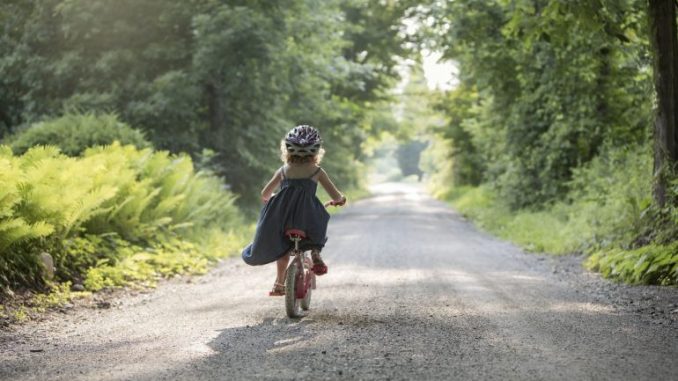
New research presented at the European Respiratory Society International Congress 2018 has found that growing up near green spaces may be connected to a reduced number of respiratory problems as an adult.
Carried out by researchers at the Department of Occupational Medicine at Haukeland University Hospital, Norway, the new findings come from RHINESSA, a large international study that has been investigating lung health in children and adults in seven European countries.
The researchers gathered data from 5,415 participants aged between 18 and 52 years who were taking part in the RHINESSA study in Norway, Iceland, Sweden, and Estonia, and analysed their exposure to residential “greenness” during childhood.
Information on exposure to air pollution from birth to age 18, including two sizes of fine particulate matter (PM2.5 and PM10) and nitrogen dioxide (NO2), was also gathered from 4,414 participants taking part in the study at the Swedish centres.
The team assessed how many of the participants suffered from more than three respiratory symptoms, such as chest wheezing or whistling, a tight chest on waking, or being woken by a cough, as well as how many suffered from a severe wheeze (in which the person experienced wheezing with breathlessness in the past year but did not have a cold), and late onset asthma, which starts after the age of 10 years.
The results showed that children who had access to green spaces close to their homes had fewer respiratory problems, such as asthma and wheezing, in adulthood, while those who were exposed to air pollution were more likely to experience respiratory problems as young adults.
For example, the findings from the Norway center showed that exposure to PM2.5 and NO2 increased the risk of late onset asthma by 6-22%, while exposure to PM10 increased the risk of developing respiratory symptoms by 23%.
In Estonia, exposure to greenness before the age of 10 was associated with a 71% reduction in the risk of developing a wheeze, and exposure to greenness between the ages of 11 and 18 was associated with a 39% lower risk of wheeze and a 29% lower risk of respiratory symptoms.
“These are preliminary results,” said researcher Dr Ingrid Nordeide Kuiper, “but we found that exposure to greenness during childhood was associated with fewer respiratory symptoms in adulthood, while exposure to air pollutants in childhood was associated with more respiratory symptoms in adulthood and with late onset asthma.”
“We need to analyse these findings further before drawing any definite conclusions. However, it is likely that our findings will substantially expand our knowledge on the long-term effects of air pollution and greenness, enabling physicians, scientists and policy-makers to see the importance of exposure to pollution and access to green spaces, and helping to improve public health,” said Dr Kuiper.
The European Respiratory Society International Congress 2018 started September 15 in Paris, France and ran through September 19. – AFP Relaxnews

Leave a Reply